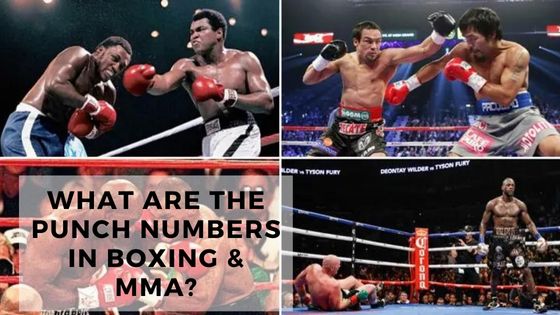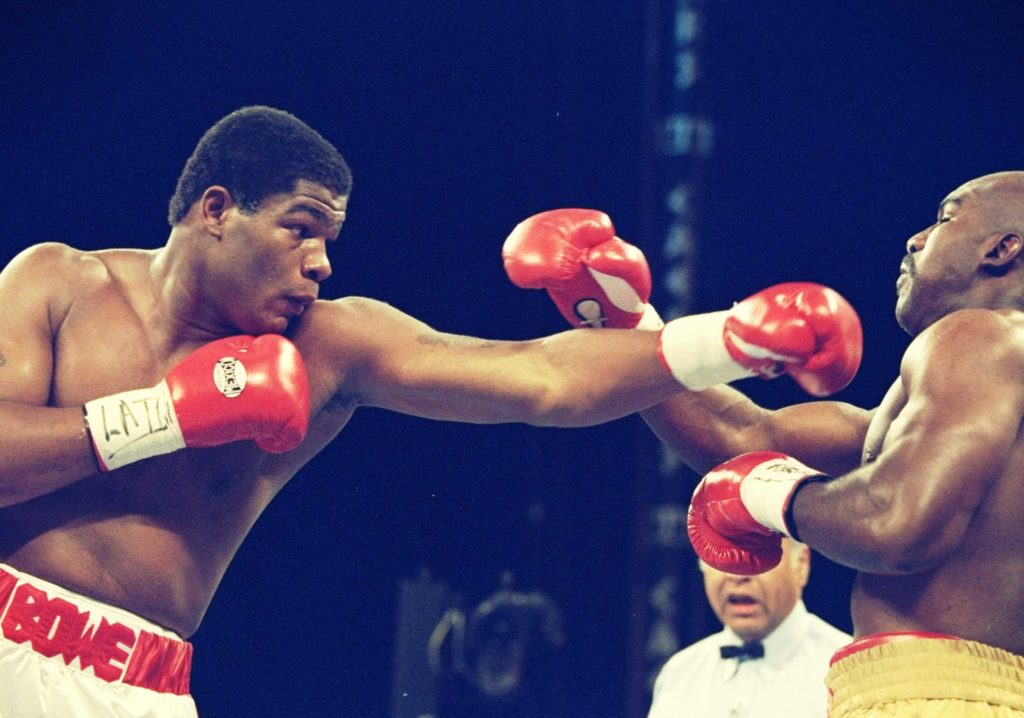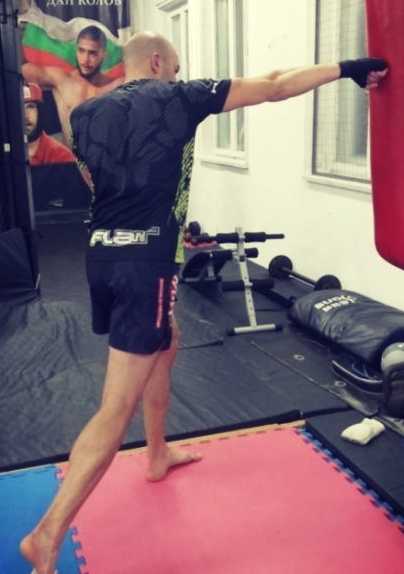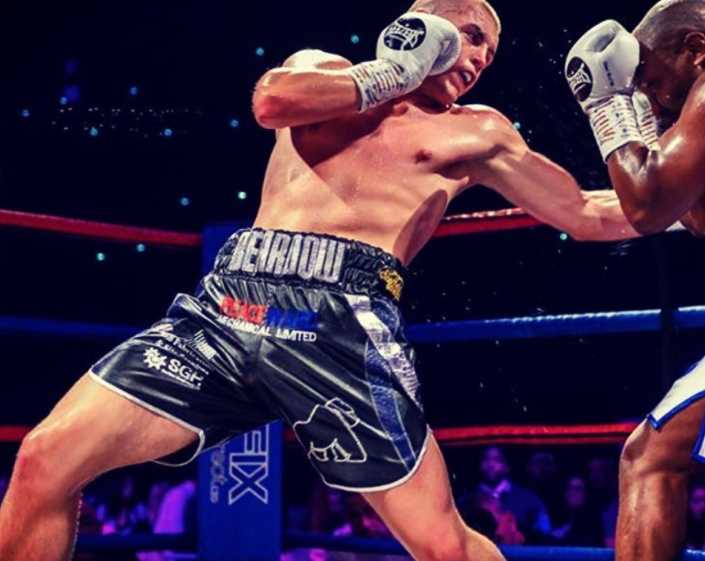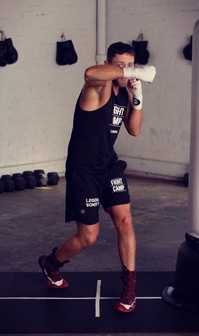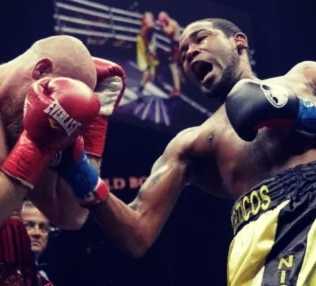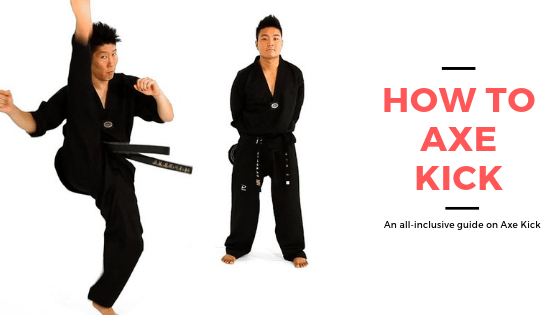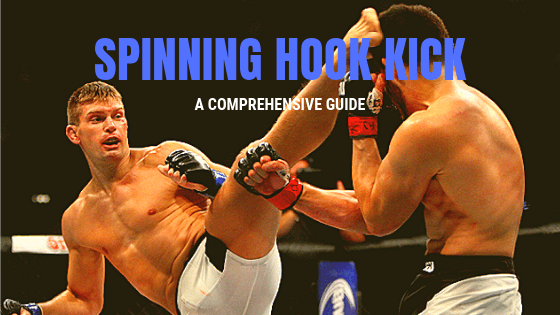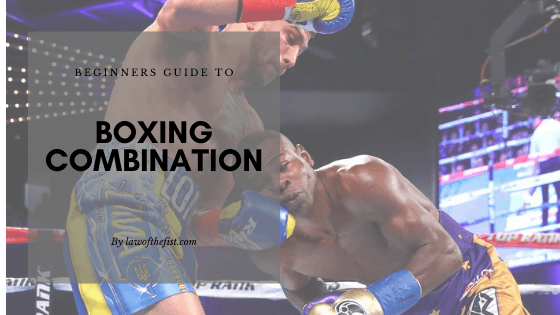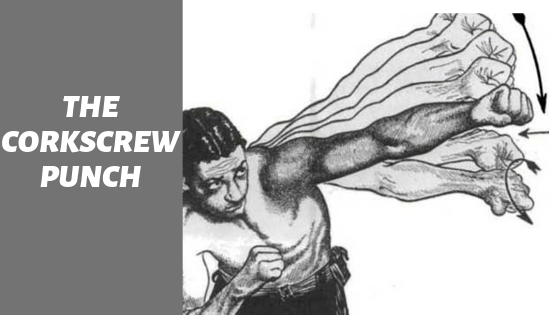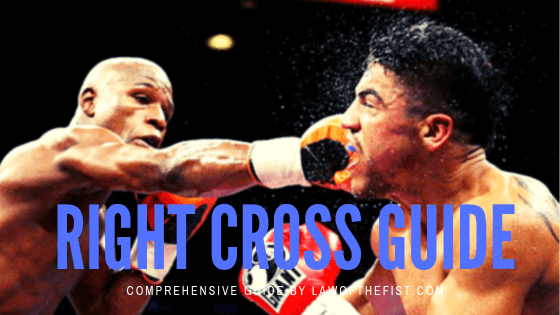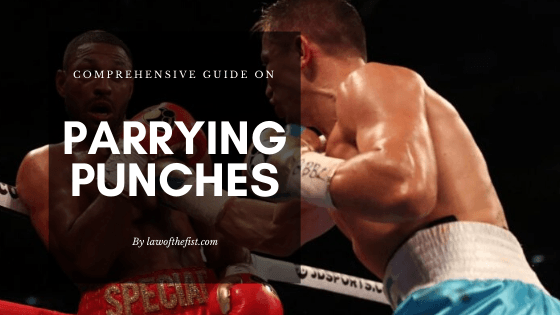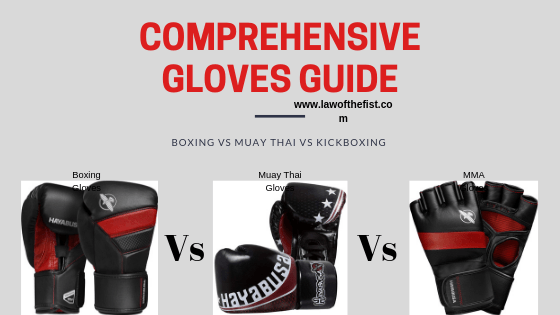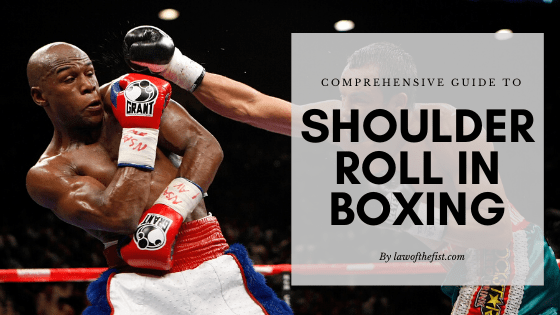If you’ve ever been to a boxing gym, or you’ve watched a couple of boxing training videos, you will certainly have heard the trainer yelling numbers in quick successions, like “1-5-3-2”, or “2-2-4-1”, and I’m pretty sure you might have been confused about what they meant initially, or whether they were just random numbers.
Each of the numbers yelled by the trainer is to signify the technique of punch he wants his fighter to use, and calling the numbers in succession signifies that he wants his fighter to make a combination of punches.
To this effect, we’ll be looking at some of the basic punch numbers, and what they mean.
Punching numbers
In reality, there could be up to 10 boxing punch numbers, but in this article, we’ll be focusing on the main 6. They’re as follows;
“1”: This is used to signify the jab
The jab is the most important and commonly used punch by any boxer. It is done by fully extending the lead hand to your opponent.
For orthodox fighters, it’s their right hand, while for a southpaw, it’s their left.
Even though there are some exceptions, the jab is mainly used as a range finder to prepare for the “2”.
“2”: This is known as a cross, and it usually accompanies the jab
The cross is used by the rear hand or dominant hand to land a straight shot with power.
To do the cross, you have to rotate your upper body with your hips, using your rear hand to lead.
So basically, the main difference between the 1 and the 2, is the hand involved, and the rotation of the hips.
“3”: The lead hook
This is one of the trickiest punches to throw, but if executed well, it could be very effective.
As the name implies, it is thrown in a “hook” fashion with your lead hand, in such a way that it almost looks like a 90-degree angle.
To do this, you have to rotate and move your body to a forward position, to transfer power to your lead hand and leg.
“4”: The rear hook
This is the exact opposite of the lead hook; Instead of moving and rotating your lead hand and leg, you bend your rear leg slightly, and punch with a hook sign, almost at a 90-degree angle.
“5” and “6”
The lead and the rear uppercut. These are the two most similar punches among the lot.
This is primarily because the boxer can be in the same position while interchanging between the two.
The only difference is the hand with which the punch is thrown.
To perform the uppercut, you bend your knees slightly, and make a 90-degree angle with your hand, with your elbow directly facing the ground; this would enable you to generate power from a lower position.
To someone new to boxing and combat sports in general, all these might seem too much, but it has a lot of advantages for the fighters.
Using numbers to mark punches makes it easy for the boxer to memorize combinations and punches, and when a fighter gets used to it during sparing and training, he/she can easily transfer it to real fight situations.

